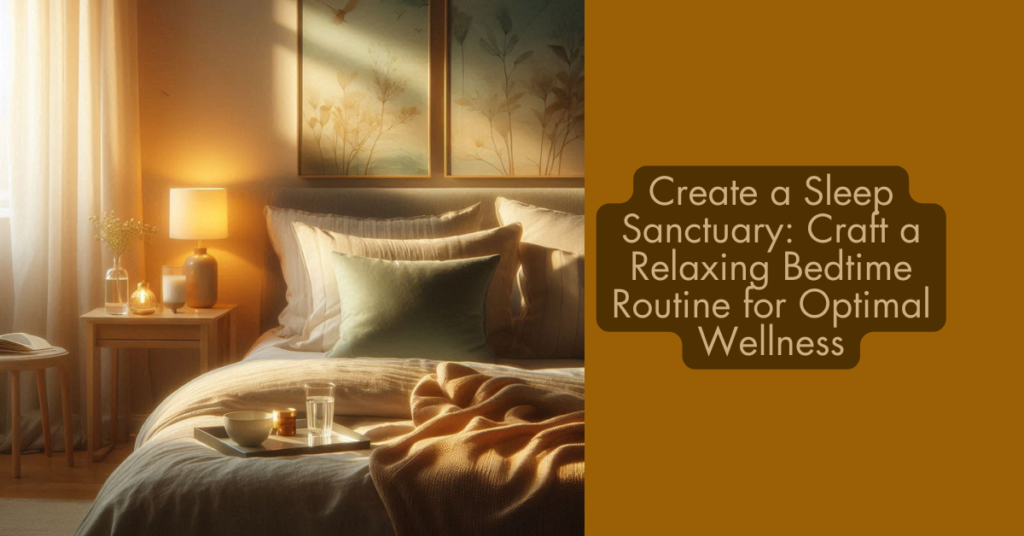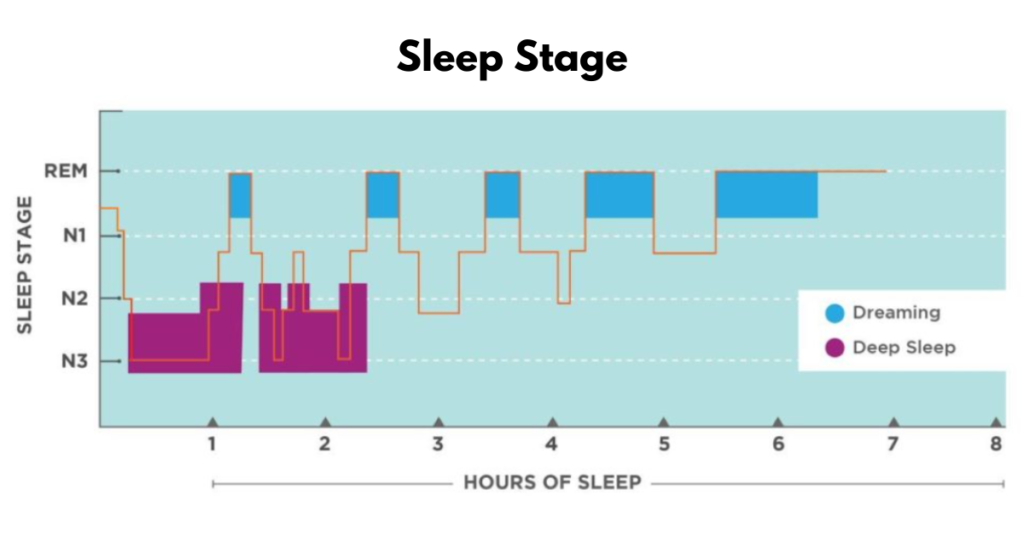
Welcome to SaziBox Health’s exciting new series on holistic wellness! We begin by delving into the world of sleep, specifically, the art of cultivating a relaxing bedtime routine. In our fast-paced world, prioritizing sleep often falls by the wayside. But catching those precious Zzzs isn’t just about feeling rested; it’s a cornerstone of overall health and well-being.
Why Sleep Matters: Beyond Beauty Rest
Sleep isn’t a luxury; it’s a biological necessity. During sleep, our bodies and minds go into repair mode. Here’s how:
- Physical Restoration: Growth hormone production increases, promoting cell regeneration and muscle repair [1].
- Cognitive Enhancement: Sleep consolidates memories and boosts cognitive function, allowing us to learn and process information more effectively [2].
- Emotional Wellbeing: Sleep deprivation can exacerbate stress and anxiety, while quality sleep promotes emotional regulation [3].
- Immune System Support: During sleep, the body produces cytokines, proteins that help fight infection and inflammation [4].
Learn More
Conquering Stigma: The Guide to Therapy as Your Ally
The Science of Sleep Cycles: Understanding Your Rhythm
Sleep isn’t a uniform state. We cycle through various stages throughout the night, each with distinct functions [5]:
- Non-rapid eye movement (NREM) sleep: Stages 1-3 promote relaxation and prepare the body for deeper sleep.
- Rapid eye movement (REM) sleep: This stage is crucial for memory consolidation and emotional processing. It’s when dreams typically occur.

Crafting Your Sleep Sanctuary: Tips for a Relaxing Bedtime Routine
Now that we understand the importance of sleep, let’s build a relaxing bedtime routine to maximize those precious sleep cycles. Here are some tips:
1. Set a Sleep Schedule: Go to bed and wake up at consistent times, even on weekends. This helps regulate your body’s natural sleep-wake cycle (circadian rhythm) [6]
2. Create a Calming Pre-Sleep Ritual: Wind down for 30-60 minutes before bed. Take a warm bath, read a book, listen to calming music, practice relaxation techniques like deep breathing or meditation, or try gentle yoga stretches.
3. Optimize Your Sleep Environment: Ensure your bedroom is cool (around 65°F), dark, and quiet. Invest in blackout curtains, an earplug mask, and a comfortable mattress and pillows. Consider using calming scents like lavender essential oil with a diffuser.
4. Power Down from Electronics: The blue light emitted from electronic devices can disrupt sleep patterns. Avoid screens for at least an hour before bed.
5. Limit Caffeine and Alcohol: While a nightcap might seem relaxing, alcohol disrupts sleep quality later in the night. Similarly, avoid caffeine intake close to bedtime.

6. Regular Exercise: Physical activity promotes better sleep, but avoid strenuous workouts too close to bedtime.
7. Address Underlying Issues: Stress, anxiety, and certain medical conditions can disrupt sleep. If you have persistent sleep problems, consult a doctor to rule out any underlying issues.
Interactive Sleep Journal: Track Your Progress to Sweet Dreams
Here’s where SaziBox Health gets interactive! We’ve created a downloadable sleep journal template (link downloadable PDF/Word doc at the end of the article) to help you track your sleep habits and identify areas for improvement. Jot down your sleep schedule, caffeine intake, pre-sleep activities, and sleep quality each night. Analyze patterns over a few weeks and adjust your routine accordingly.
Remember: Creating a relaxing bedtime routine takes time and experimentation. Be patient with yourself, find what works best for you, and prioritize those sweet dreams for optimal health and well-being!
Sweet Dreams and a Journey to a Healthier, Happier You!
Additional Tips from SaziBox Health:
- Light Therapy: If you struggle with waking up in the dark winter months, consider using a light therapy lamp in the morning to help regulate your circadian rhythm.
- Cognitive Behavioral Therapy for Insomnia (CBT-I): If chronic sleep issues persist, consult a healthcare professional about CBT-I, a structured therapy program that can help address underlying causes of sleep problems.
Downloadable Sleep Journal:
Click the link below to download your free, printable sleep journal template and kickstart your journey towards a more restful sleep:




[…] Sweet Dreams: Your Guide to a Relaxing Bedtime Routine […]
[…] Sweet Dreams: Your Guide to a Relaxing Bedtime Routine – SaziBox Health (saziboxfam.com) […]
[…] Sweet Dreams: Your Guide to a Relaxing Bedtime Routine […]
[…] Sweet Dreams: Your Guide to a Relaxing Bedtime Routine […]
[…] Sweet Dreams: Your Guide to a Relaxing Bedtime Routine […]